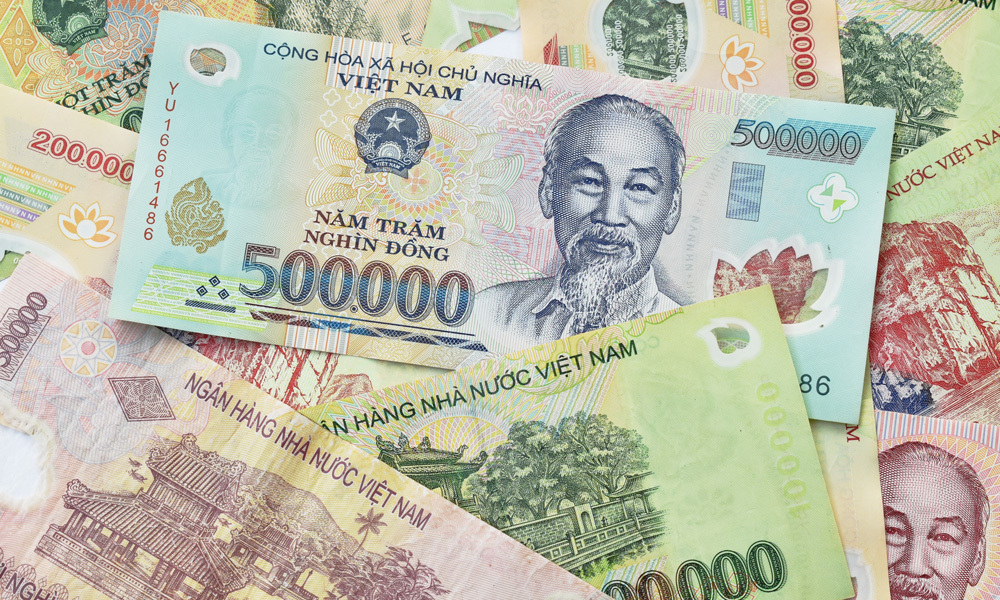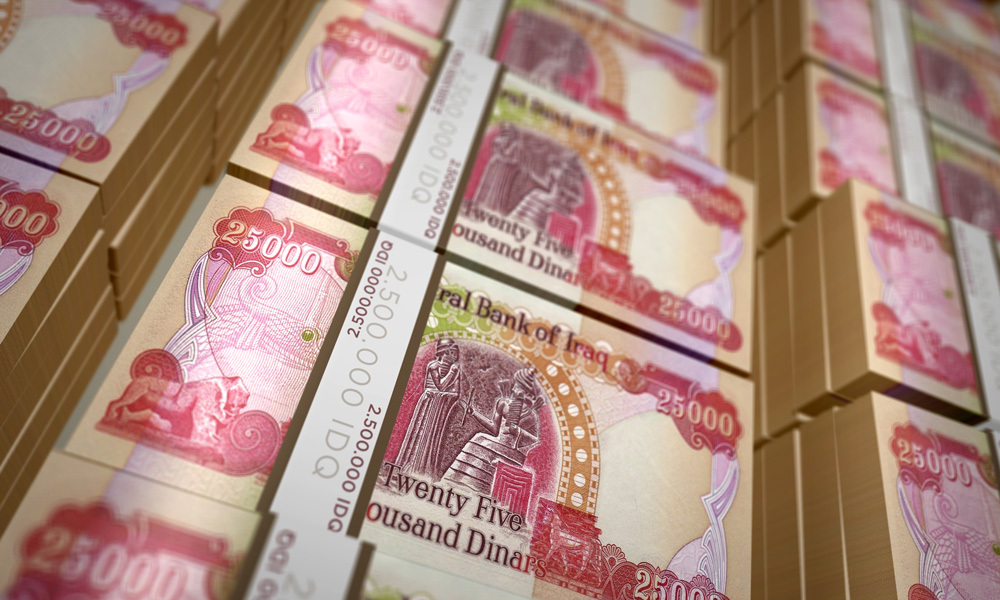By the end of the Civil War, the United States was flooded with counterfeit money, much of it made by the Confederacy to finance their war needs. Facing severe economic dislocation—as much as 50% of bills in circulation were fake—the Lincoln administration formed a special investigative branch of the Treasury Department. Known as the US Secret Service, its agents were charged with tracking down counterfeiters and putting them out of business.
The US Bureau of Engraving and Printing entered the fight against counterfeiting when it redesigned US banknotes in 1929 with detailing that made them much harder to replicate. This process has continued through the present as improved security features have made US bills increasingly resistant to counterfeiting.
In 2003, the US Secret Service was transferred from the Treasury Department to the Department of Homeland Security, but its original mission of protecting the country against domestic and foreign counterfeiting remains.
Keeping Our Money Safe
Technological advances have added even more ways to deter counterfeiting by incorporating color-shifting inks, microprinting, and holographic images to US currency. These have led to several recent design changes in our money, many of which are aimed at making genuine bills easier to identify.
In 2003, the $20 bill debuted with a new design that included a portrait watermark visible when held up to a light, an enhanced security thread that glows under an ultraviolet light, micro printing, and improved color shifting ink that changes color when the note is tilted.
These changes continued with new issues of the $50 note in 2004, the $10 note in 2006, the $5 note in 2008, and the $100 note in 2013. The $100 bill also added a 3-D security ribbon and enhanced, raised printing.
The First Line of Defense
While today’s bills are very difficult to reproduce accurately, sophisticated counterfeiters can make notes that are hard to detect without paying attention to the security features built in by the Treasury Department. Knowing those features will help you and your business avoid taking losses by accepting fake money and help the Secret Service track down the organizations making it.
The Treasury and the Secret Service offer several guides to recognizing counterfeit currency and information on what to do if you encounter it. This short YouTube video offers a quick look at recognizing genuine US bills, and the Secret Service has a downloadable PDF chart of all the security features in US notes made since 1990. The Treasury Department also offers this advice on what to do if you suspect you’ve received a counterfeit bill.
Even with advanced security features, an educated public continues to be the first and best line of defense against counterfeiting.
The First Line of Defense Against Counterfeiting is You
By Rajesh Khunt | January 03, 2019
Latest Posts

November 30, 2023
In the heart of Southeast Asia lies the vibrant and culturally rich nation of Vietnam. Amidst its bustling cities, serene landscapes, and bustling markets, you'll find a currency that reflects not only the country's economic growth but also its commitment to safeguarding the wealth of its citizens a...
Read More
November 29, 2023
Unraveling the Historical Journey of the Iraqi Dinar: From Past Glory to Present Challenges Money plays a vital role in the stability and development of a nation, and throughout history, currencies have evolved, reflecting the socioeconomic and political circumstances of their respective countries....
Read More